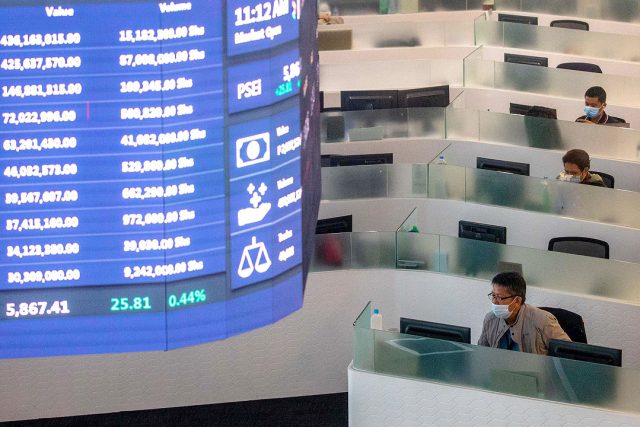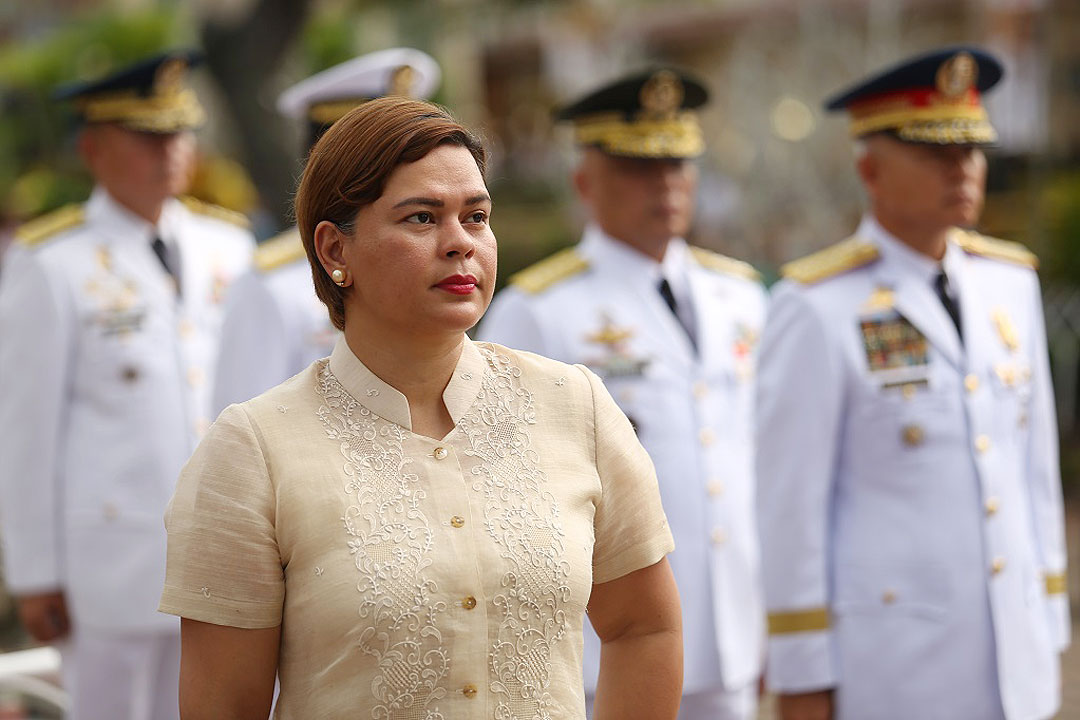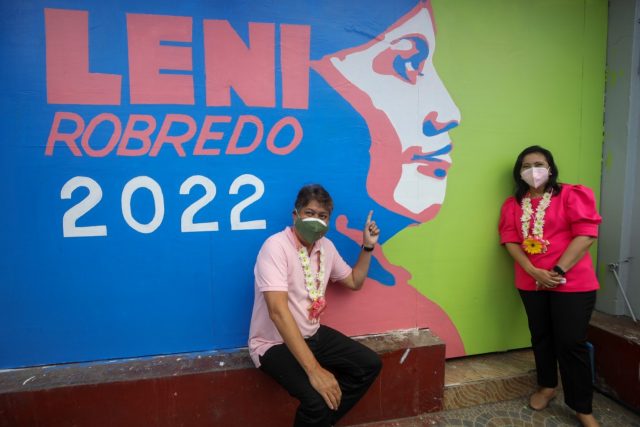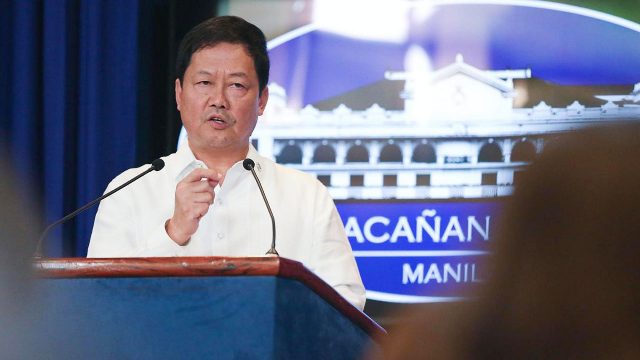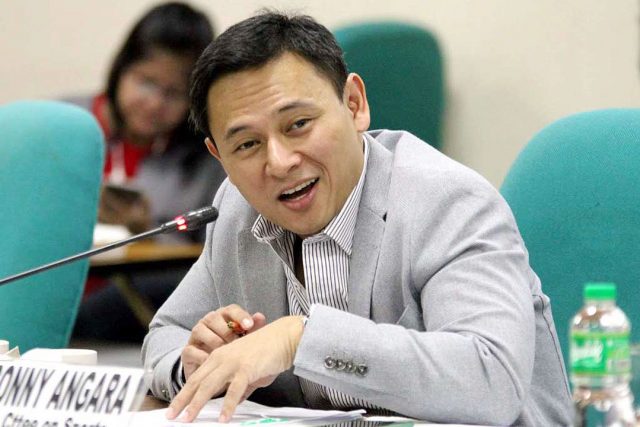Shares rally on better-than-expected GDP print
PHILIPPINE SHARES continued to rally on Tuesday after the country logged a better-than-expected gross domestic product (GDP) growth in the third quarter.
The benchmark Philippine Stock Exchange index (PSEi) went up by 45.45 points or 0.61% to close at 7,441.67 on Tuesday, while the broader all shares index climbed 20.97 points or 0.46% to end at 4,531.86.
“Market rallied for the second day this week as GDP [data] came in better than expected. The Philippine economy rose 7.1% in the [third quarter], significantly higher than [the] consensus forecast of 4.6% and was among the fastest in the ASEAN (Association of Southeast Asian Nations),” Papa Securities Corp. Equities Strategist Manny P. Cruz said in a text message.
“GDP growth in the first three quarters averaged 4.9%, near the upper end of the target range of 4% to 5% for the year,” he added.
The Philippine Statistics Authority reported on Tuesday that the economy expanded by 7.1% in the third quarter versus the 11.6% contraction posted in the same period last year. However, this was slower than the upward-revised 12% GDP growth in the second quarter.
“Value turnover remained considerable… as net foreign buying remained robust,” Mr. Cruz said.
Value turnover increased to P9.49 billion with 1.31 billion issues traded on Tuesday, higher than the P8.30 billion with 1.34 billion shares seen the previous trading day.
Meanwhile, net foreign buying decreased to P812.74 million on Tuesday from the P908.47 million logged on Monday.
“In the international scene, market participants may be feeling positive over the global economic reopening, amid the recent promising results over a possible COVID-19 (coronavirus disease 2019) pill,” Timson Securities, Inc. Trader Darren Blaine T. Pangan said in a Viber message.
Pfizer, Inc. and BioNTech SE developed an antiviral drug to reduce the risk of severe COVID-19. The early trial of the pill was halted after it was reported to be 89% effective.
Last week, Britain became the first country to approve a COVID-19 antiviral pill developed by Merck & Co., Inc. and Ridgeback Biotherapeutics.
Majority of sectoral indices posted gains on Tuesday except for property, which lost 3.84 points or 0.11% to 3,380.12.
Meanwhile, services gained 27.41 points or 1.38% to finish at 2,006.76; industrials rose 103.17 points or 0.95% to 10,952.65; financials picked up 9.55 points or 0.58% to 1,645.89; mining and oil went up by 55.29 points or 0.55% to close at 9,938.43; and holdings firms increased by 31.80 points or 0.44% to 7,157.70.
Advancers beat decliners, 103 against 87, as 48 names closed unchanged.
“[The] 6,940 remains the immediate support area, while 7,510 seems to be the closest resistance level to watch,” Mr. Pangan said. — Keren Concepcion G. Valmonte

